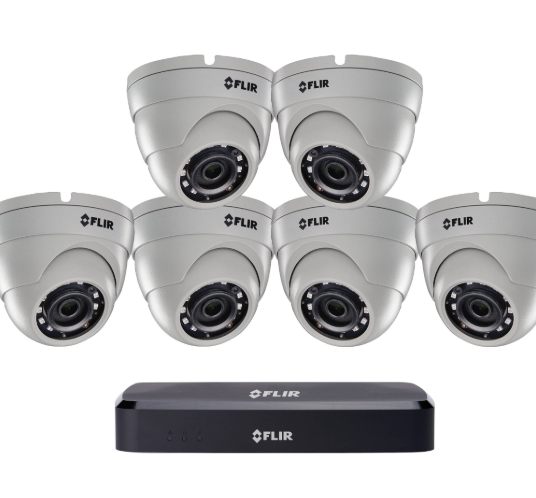
Unlike many other point of sale software, our system talks directly to the cameras which mean we get involved in security cameras, which I do not mind as I find these fascinating.
The first point is cameras seem to be the best form of evidence in a theft that judges accept today in retail. So it is important to get it right.
Some of our clients have installed these type of cameras to protect the outside of their shop. Say you put them in a spot guarding the rear of the shop.
If you are thinking of getting some of these cameras, here are some points to note.
) As they are outside, they need to be waterproof. Avoid plastic ones as they need to be sturdy so metal is better. Plus if they are metal, you can nail them in.
) Its best to get ones that have a lot of flexibility in their stands as you will need to aim them.
) Test the motion detection. When we tested some and found that the motion detector did not work well at all.
) The installation seems to be quite easy. I would say that someone that is reasonably handy with their hands and tools should be able to install them. Since they are outside, they can be an eyesore so they do not need to be professionally installed as would be the case in the shop. In fact, it is better its an eyesore as it will be noticed by thieves.
) You do need to find a good spot to put them. Make sure this spot has some wind and rain protection. Strong winds are often a real pain as they set up false signals. The spot will need a powerpoint and a decent WiFi signal. In shopping centres we have seen problems are there seems to be a lot of interference on the WiFi if so you may need to move it closer to the shop although another possibility is to install a WiFi extender.
) Once installed you need to check the picture quality both in the daytime and at night.
) Check the frame rate, most defaults are one picture in ten seconds. In ten seconds a thief can be long gone from the camera's view. I would recommend one picture in three seconds.
) One of my clients reported that they found if they walk on a certain path it did not set off the motion detector in the camera. This problem is common so you may want to consider more cameras.
) As with most videos systems today you need a decent size hard drive to keep the images.
) Lastly, you will generally only get a few years out of these cameras before they need to be replaced. They need to be tested every few months.
Overall they do appear to be very good at deterring thieves. One client had a shed in the back, which was burgled a few times, they put in these cameras and no-one has come back.
I hope this all helps.
Post a Comment




